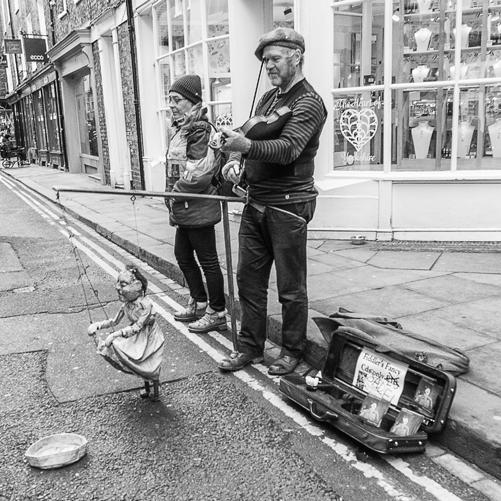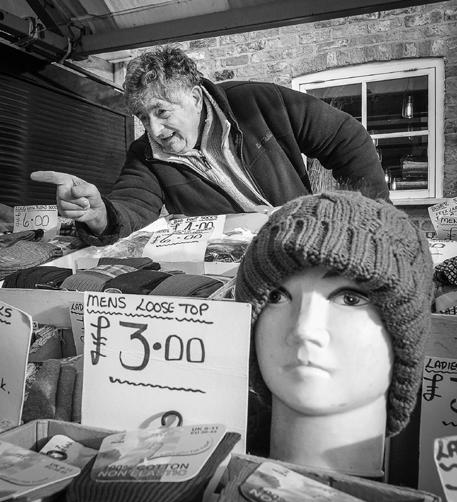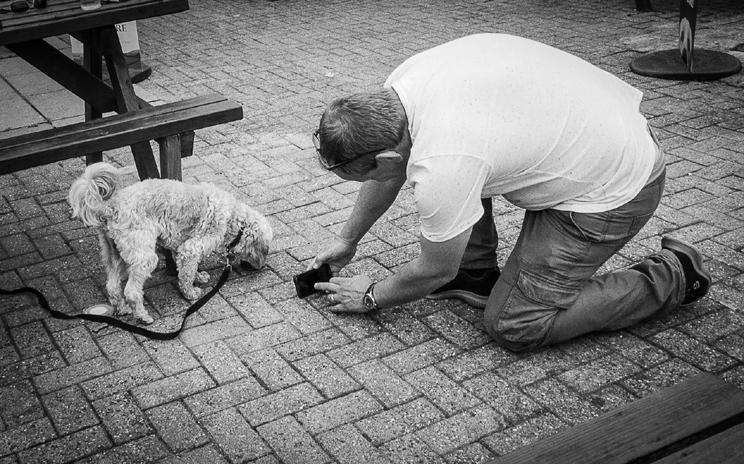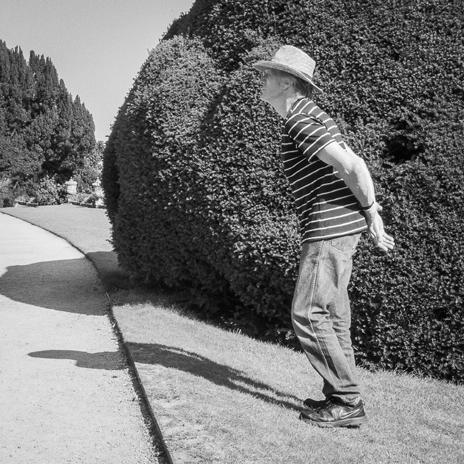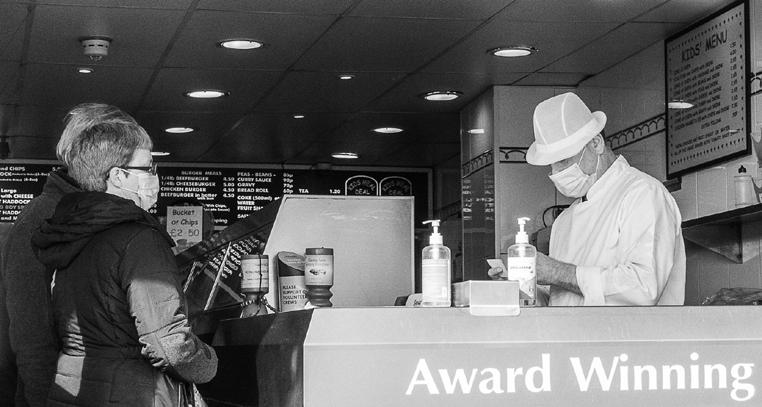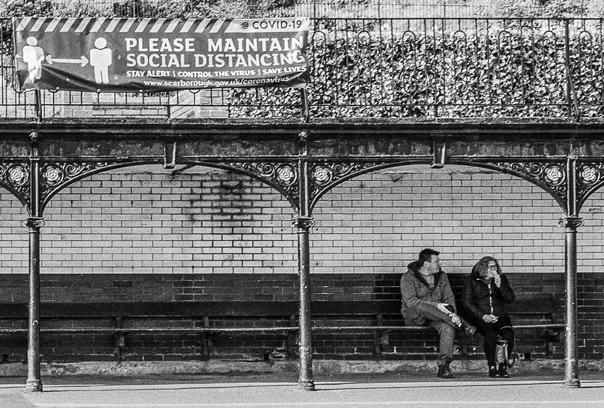
1 minute read
Harry Silcock
I see myself as an observer of people who records a fleeting moment and that my photographs of them are a candid, unposed visual record.
I prefer to go in close to seize the moment, because it is the only way to capture the kind of image I am after. Up close means being near to, or even entering the subject’s personal space, so it has to be done quickly and tactfully, and dare I say sometimes surreptitiously. Asking permission from the subject can take away the spontaneity of street photographs.
A long lens is rarely part of my camera gear and most of my photographs are taken using a wide angle lens. Technical competence in operating the camera goes without saying, since I have no time to be focusing or adjusting my camera’s settings.
Whilst moments in street photography usually happen quickly, at the same time I am looking for the quirky, the unusual and even the idiosyncratic. All this may seem simple, but it can often be difficult to do well.
Whilst concentrating on the subject, I have to be acutely aware of everything going on around me. I consider every aspect of my photograph to be important, including those parts in the periphery of the frame.
My aim is to compel the viewer to question the ordinary. I am capturing everyday moments, ideally in a way that make them appear to be surreal and sometimes even absurd.
Different countries have their own rules about photographing people in the street, so it is wise to check this out first. Thankfully in the UK one can take photographs of people in open public spaces without fear of breaking the law.
I have been taking photographs for over 65 years, yet I never cease to be fascinated by what I see in front of my camera.
